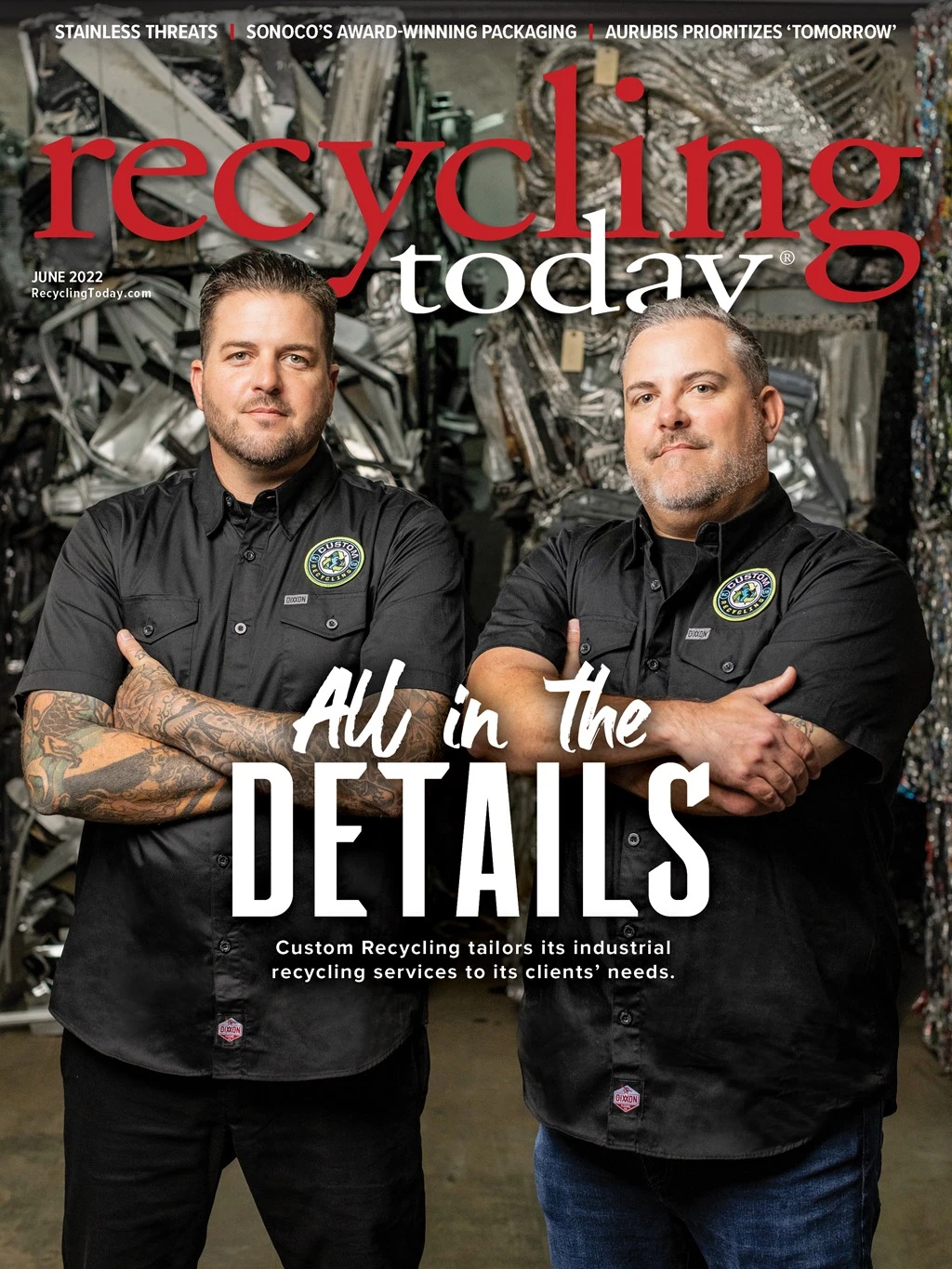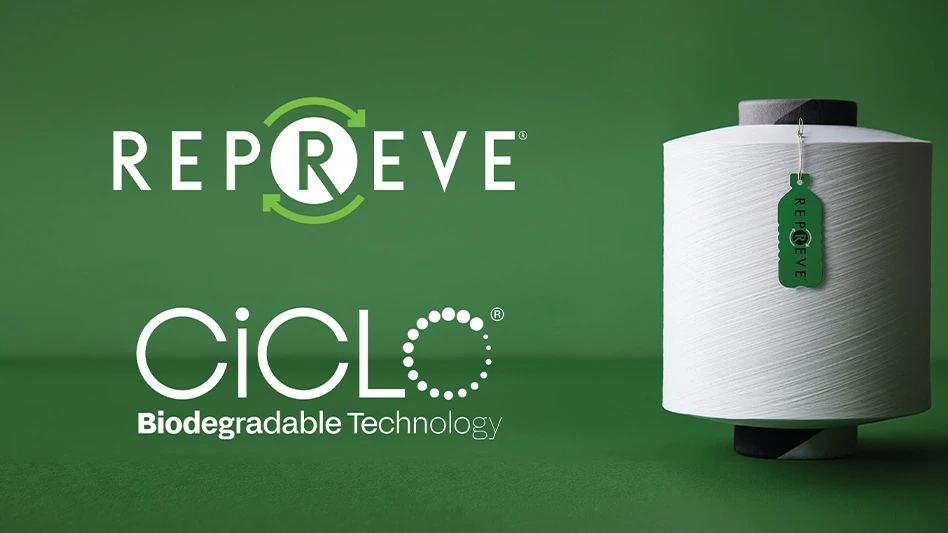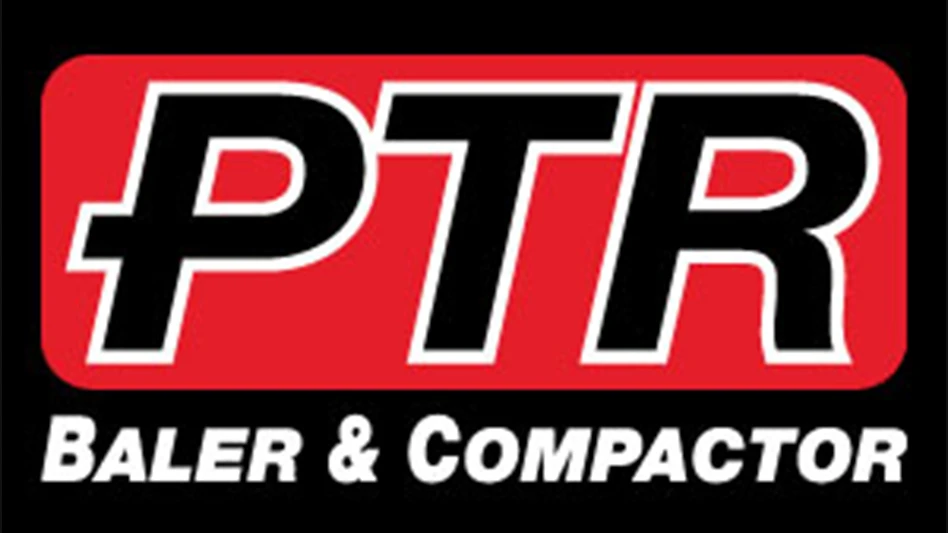
Through its 65-year history, SWEED always has focused on building robust and reliable equipment, but it also believes in working closely with customers to engineer the right solutions to fully support their scrap recycling goals.
SWEED’s equipment processes a wide range of materials, specializing in mid- to high-volume wire chopping for nonferrous recovery while also providing solutions for PET strapping and more. SWEED’s product line includes shredders, granulators, varying methods of separation, alligator shears, conveyors and, of course, the legendary SWEED scrap chopper.
The scrap chopper experts
Plastic strapping is a common scrap material most companies struggle to dispose of. PADNOS in Michigan partnered with SWEED to help educate its customers on the best way to prepare PET strapping for processing.
“We partnered with SWEED because we know the name and trust them. Their equipment is reliable, parts are readily available, and the scrap choppers are thoughtfully designed to include upgrades that maximize operator safety,” says Kari Bliss, Principal Sustainability for PADNOS.
Wire chopping expertise
Gary Kippur, owner of Tucson Iron & Metal in Arizona, operates a SWEED wire chopping line processing No. 1 ICW. The system was installed some 10 years ago and the company is evaluating a second line.
When Kippur first researched options for his existing line, he says, “We were leaning towards SWEED because I knew the company and I liked their equipment. We evaluated other vendors, but the quality just didn’t compare. I also like that SWEED is American-made, and parts and service are readily available.”
When describing his experience working with SWEED, Kippur shares, “I feel completely supported by SWEED and consider the folks who work there as trusted friends.”
GLR Advanced Recycling, Roseville, Michigan, also operates a SWEED chopping line that runs 3,000 to 6,000 pounds per hour of No. 1 and No. 2 ICW. The company has been operating it for just over a year.
GLR Advanced Recycling’s main goal with its chopping line was to maximize throughput and produce a quality finished product. Scott Farnick of GLR Advanced Recycling explains, “We chop a wide range of No. 1 and No. 2 wire of all gauges and had been chopping for over 10 years on a different system. By moving into a SWEED system, it gave us the capability to stay ahead of our inventory and move more finished product monthly.”
Marketable end products
The quality of the end products that SWEED’s equipment provides spans across all scrap materials, from PET strap to nonferrous recovery.
Bliss at PADNOS explains, “Left as loose strapping, it’s plastic waste. When the strapping is chopped, it becomes a commodity. SWEED’s equipment helps us turn what would have been landfilled material into a renewable, reusable resource.”
More than a decade into running Tucson Iron & Metal’s line, Kippur says, “The quality of the end product we produce in the SWEED line is great. It goes everywhere. We go to Olin [Brass], we go overseas … we’re never rejected.”
Farnick shares similar results. “The quality of finished product from the SWEED line is absolutely fantastic. We’re shipping to the top copper mills, and our product always meets the specs.”
He continues, “We have had such an amazing experience with our SWEED chopping line that we have purchased other products from them as well. We recently purchased two floor shears and a banding chopper at another location.”

653 2nd Ave. | PO BOX 228 | Gold Hill, OR 97525
Toll Free: 800-888-1352 | Phone: 541-855-1512 | www.sweed.com

Explore the June 2022 Issue
Check out more from this issue and find your next story to read.
Latest from Recycling Today
- Recyclers likely to feel effects of US-China trade war
- BCMRC 2025 session preview: Navigating battery recycling legislation and regulations
- Yanmar Compact Equipment North America appoints new president
- LYB publishes 2024 sustainability report
- Plum Creek Environmental acquires Custom Installation LLC
- Avis introduces Harris American Co.
- International Paper in talks to divest 5 European box plants
- Recycled PP from Polykemi, Rondo Plast used in flood protection product





